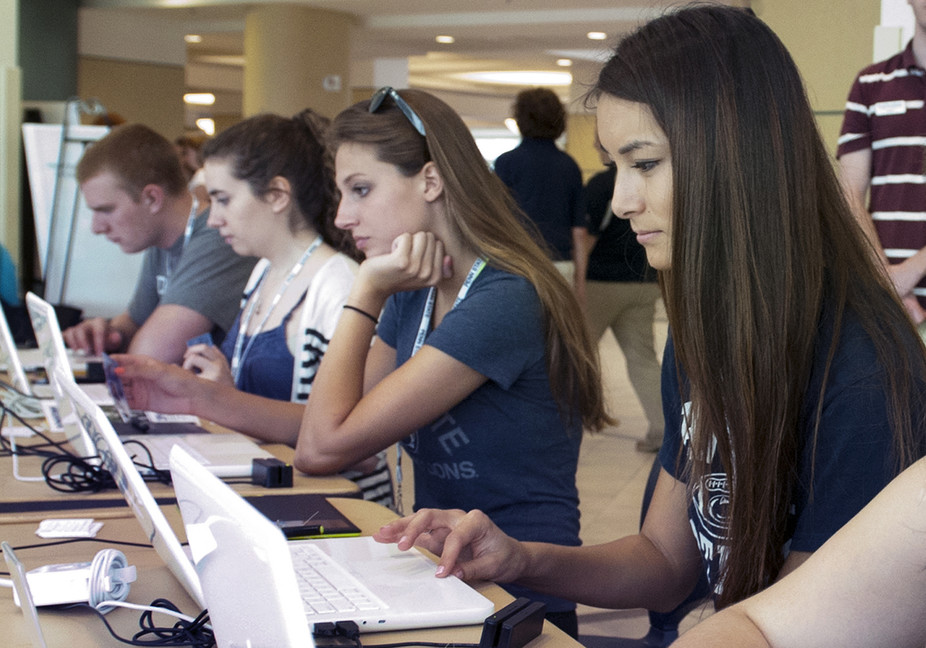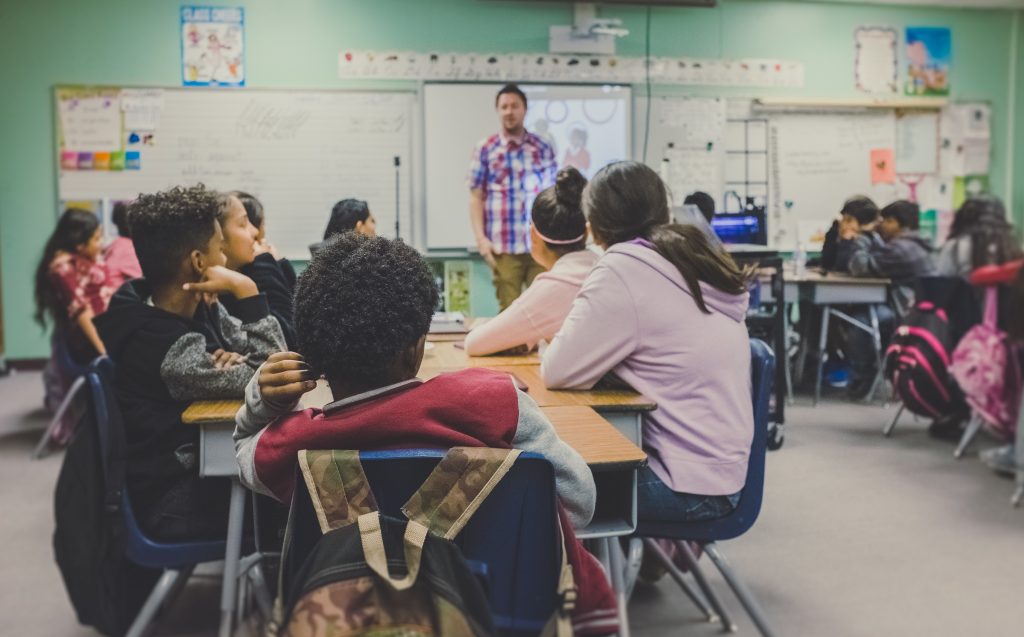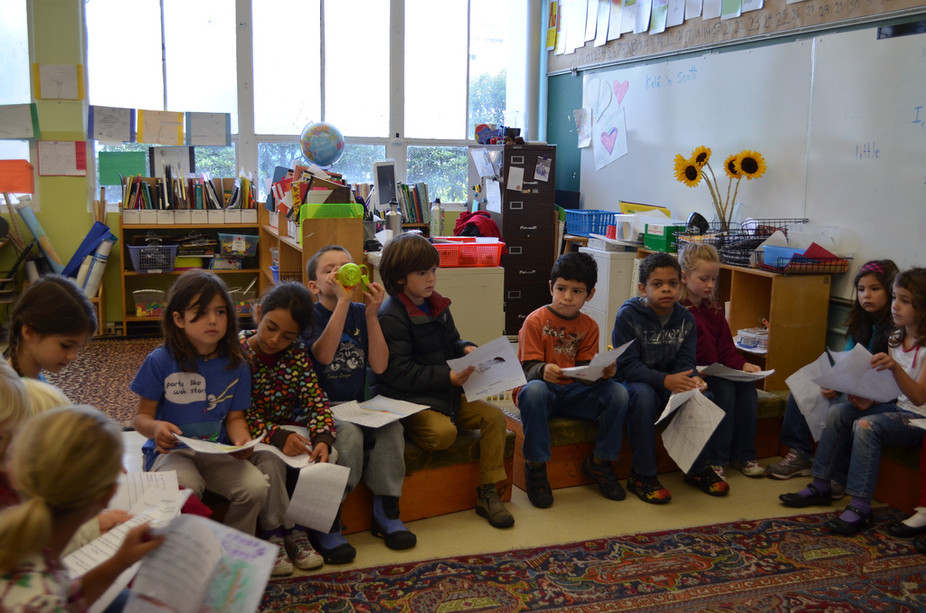Are you looking for hacks to help students who only listen when someone makes eye contact with them? If so, keep reading.
1. Separate at several points during the presentation of information to check the student’s comprehension.
2. Praise the student for paying attention to the source of information. Continuous eye contact is not appropriate for reinforcement.
3. Teach and practice information-gathering skills (e.g., listen carefully, write down essential points, ask for clarification, wait until all information is presented before starting a task, etc.).
4. Praise the student for keeping eye contact: ( a) give the student a concrete reward (e.g., classroom privileges, 10 minutes of free time, etc.) or (b) give the student an informal reward (e.g., praise, handshake, smile, etc.).
5. Give instructions on a one-to-one basis before assigning a task.
6. Teach and practice efficient communication skills. These skills include listening, keeping eye contact, and positive body language.
7. Utilize several modalities (e.g., auditory, visual, tactile, etc.) when presenting instructions, explanations, and instructional content. Utilize the modality that is stronger for the student.
8. Praise those students in the classroom who focus visual attention on the speaker.
9. Make the student repeat or rephrase information heard to ascertain successful listening.
10. Place the student near the source of information in the classroom. As the student shows success, slowly move them farther away from the source of information.
11. Converse with the student to explain (a) what they are doing wrong (e.g., failing to listen to directions, explanations, and instructions) and (b) what they must be doing (e.g., listening to directions, explanations, and instructions).
12. Teach and practice active listening skills. Train the student to listen to what another person is saying and respond based on the information received.
13. Praise the student for listening: (a) give the student a concrete reward (e.g., privileges such as leading the line, handing out learning materials, 10 minutes of free time, etc.) or (b) give the student an informal reward (e.g., praise, handshake, smile, etc.).
14. Inform the student what to listen for when being given instructions, receiving information, etc.
15. Orally present information that is appropriate for the student to know to perform a task successfully.
16. Provide eye contact when delivering information to the student. As the student shows the capacity and ability to listen successfully, slowly decrease the amount of eye contact.
17. Draft an agreement with the student stipulating what behavior is required (e.g., listening to instructions, keeping eye contact) and which reinforcement will be implemented when the agreement has been met.
18. Separate at several points during the presentation of information to ensure the student is attending and keeping eye contact.
19. Urge the student to create an understanding of the consequences of their behavior by writing down or talking through problems that may happen due to their failure to keep attention (e.g., not focusing on instructions may cause misinterpretation of a task that could lead to a lower grade and losing a place on the soccer team).
20. Remove distracting stimuli in the student’s immediate environment (e.g., books, writing or learning materials, personal property, etc.).
21. Consider using assistive technology designed to help students to attention deficit hyperactivity disorder to concentrate. Click here to view list of assistive technology apps that we recommend.











